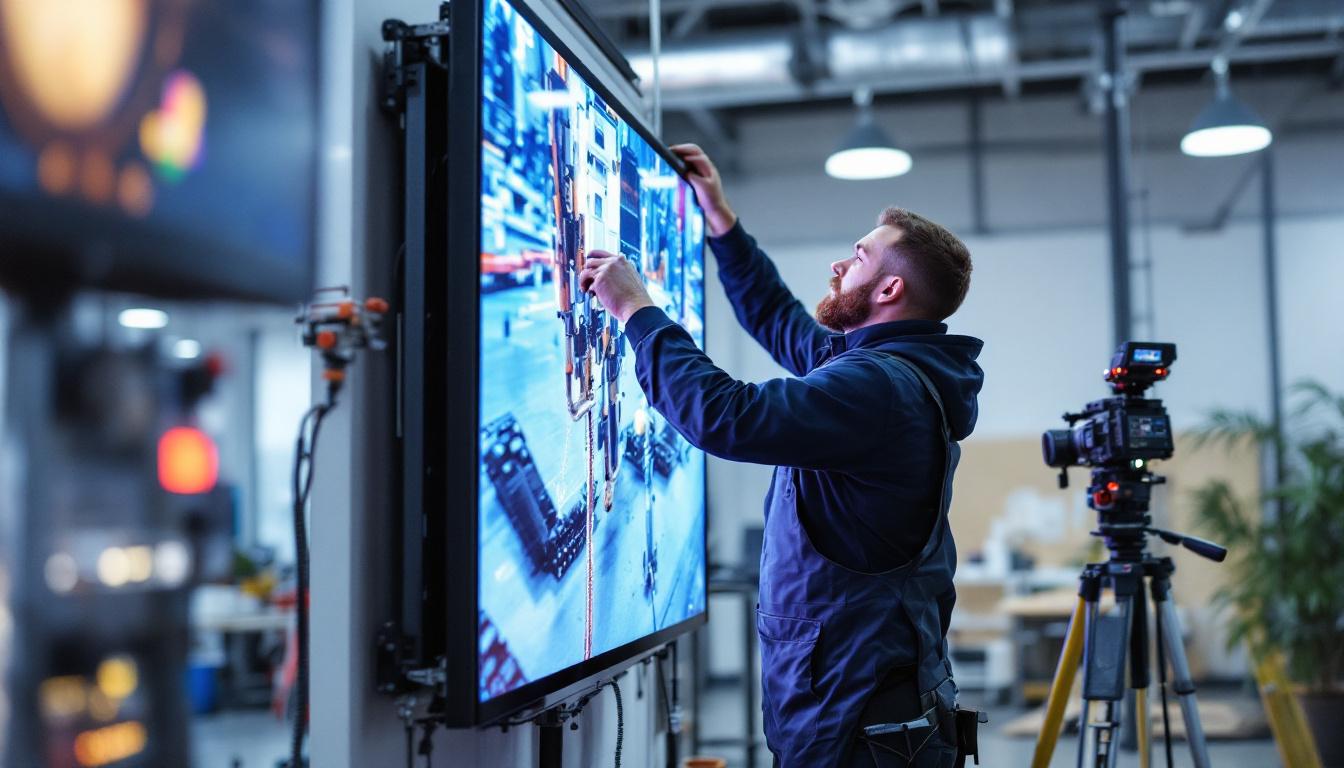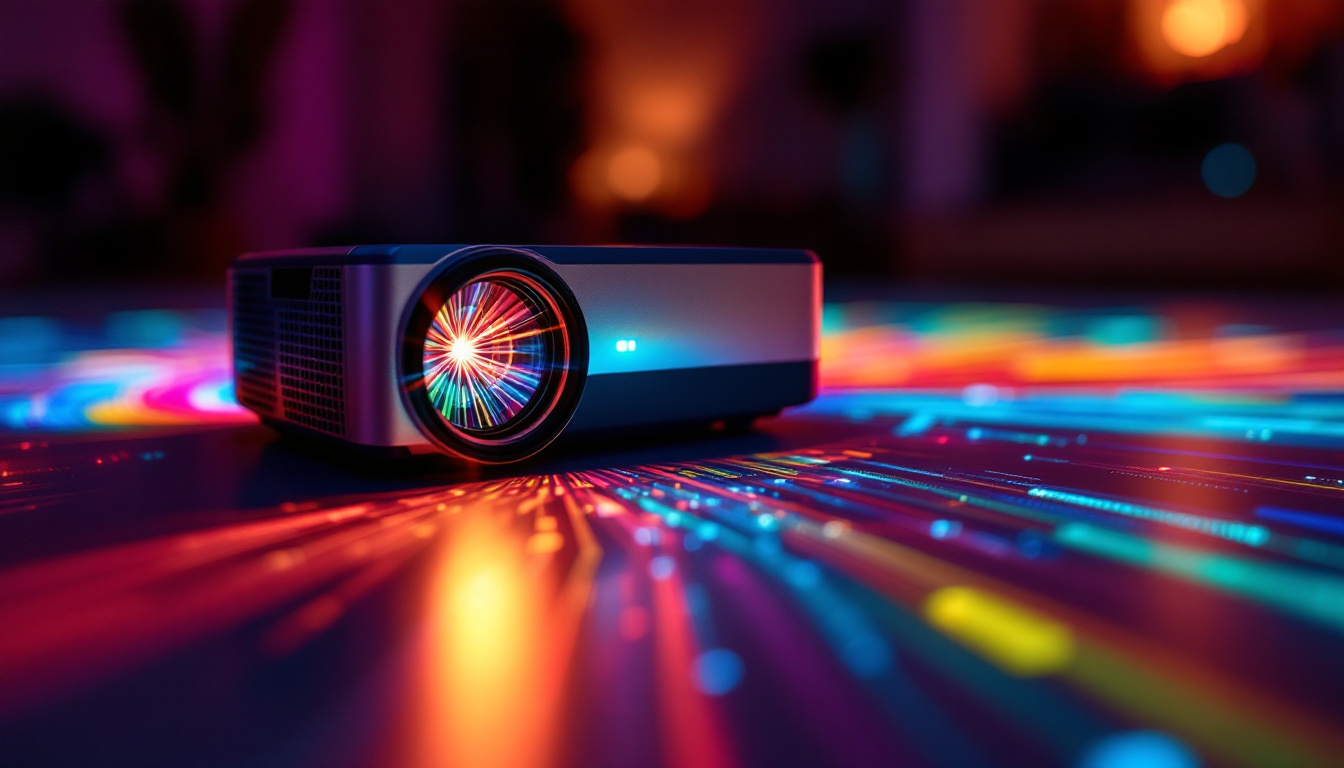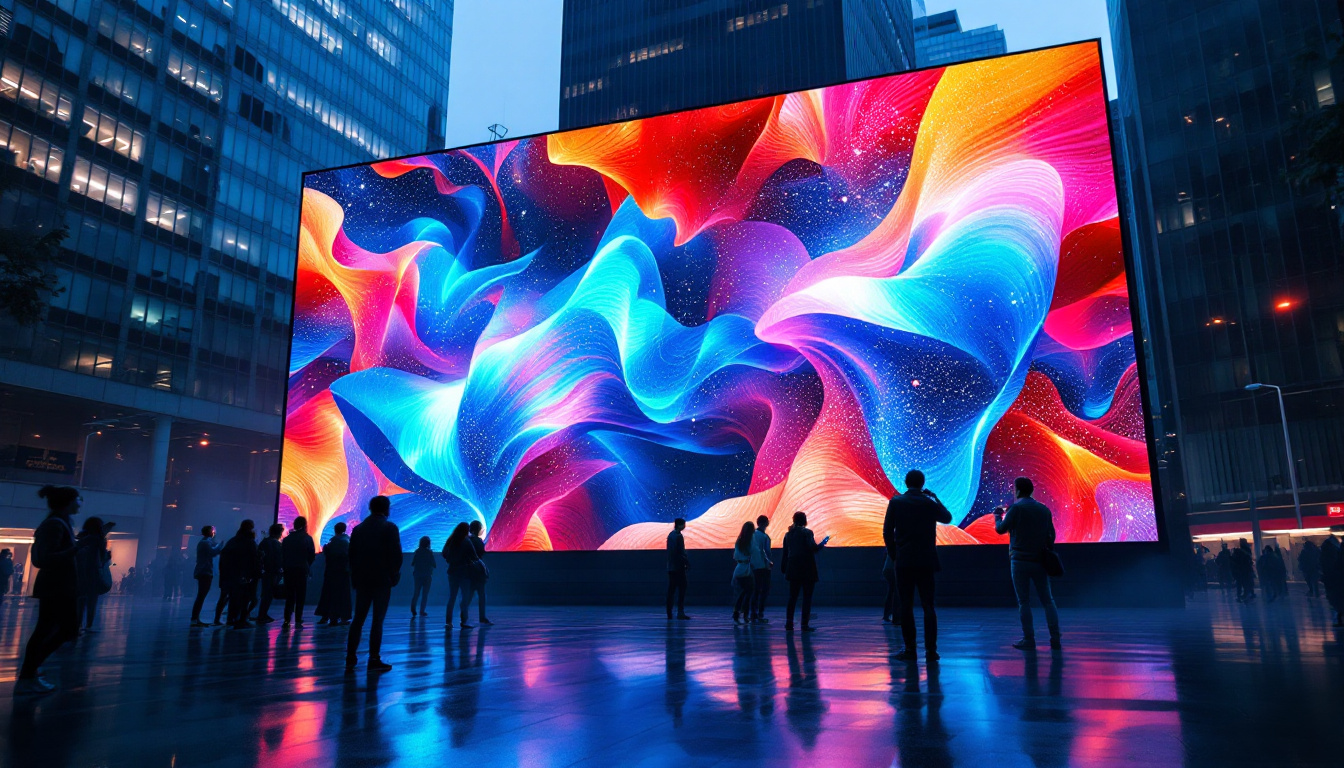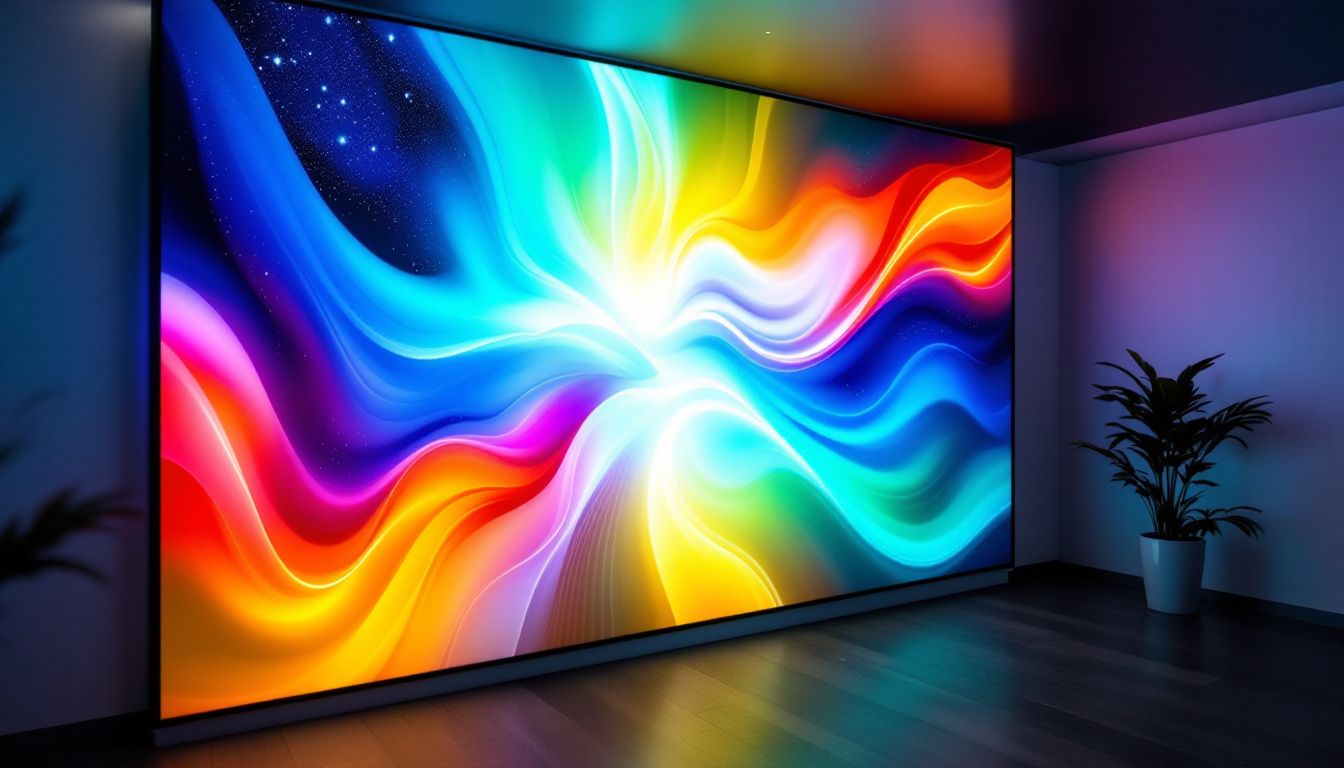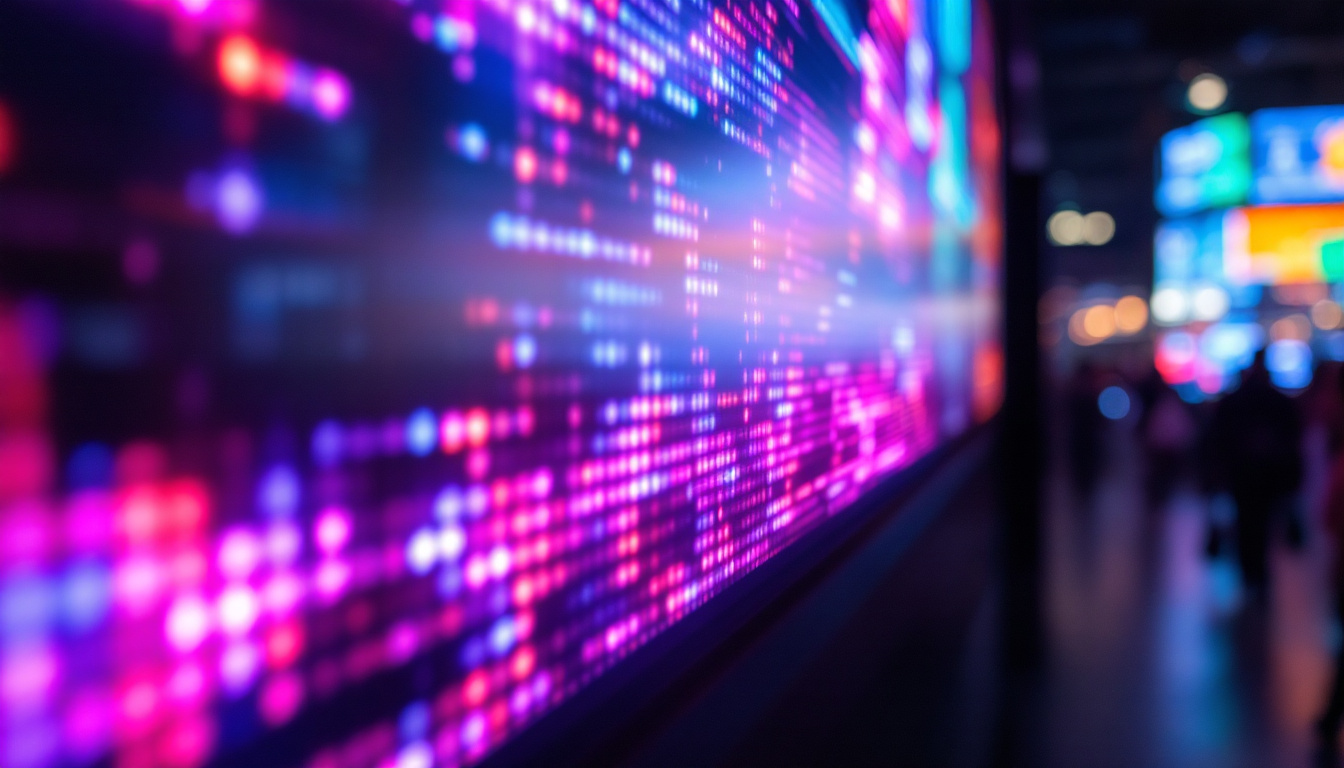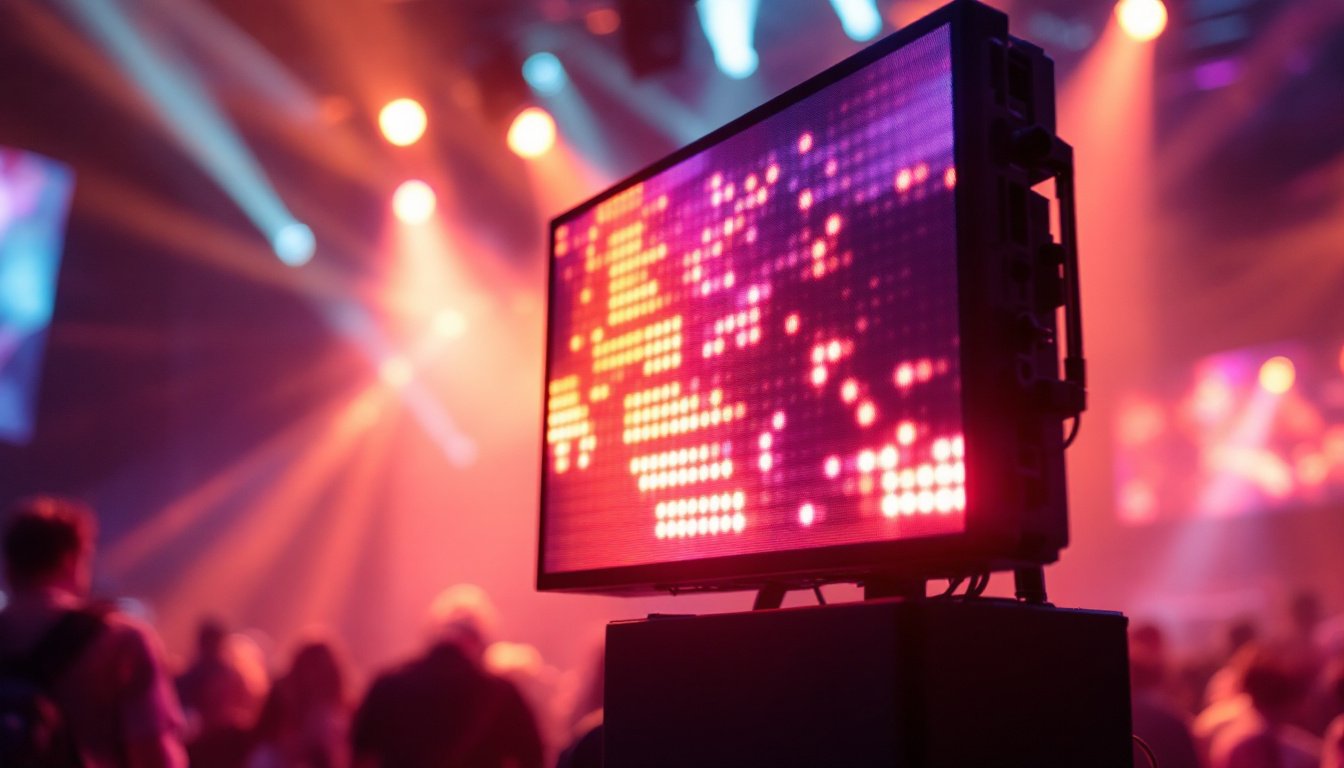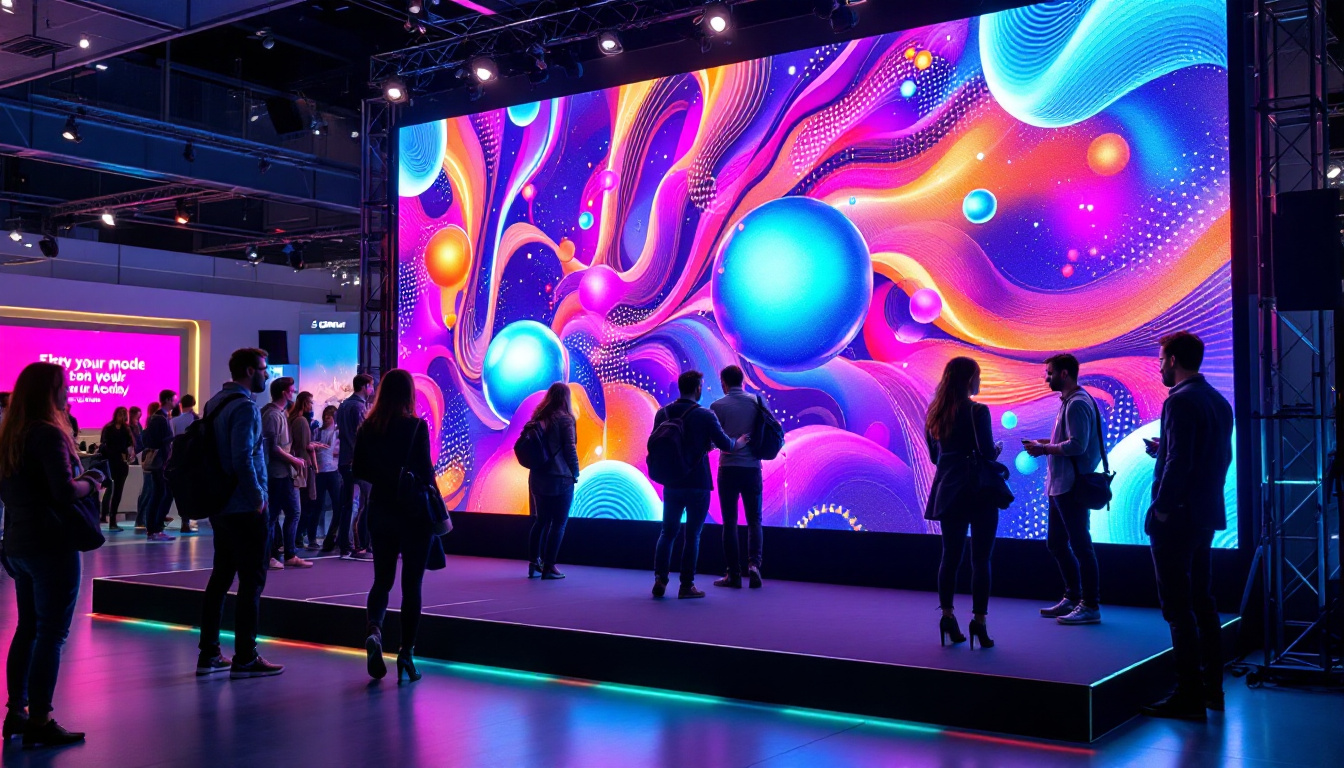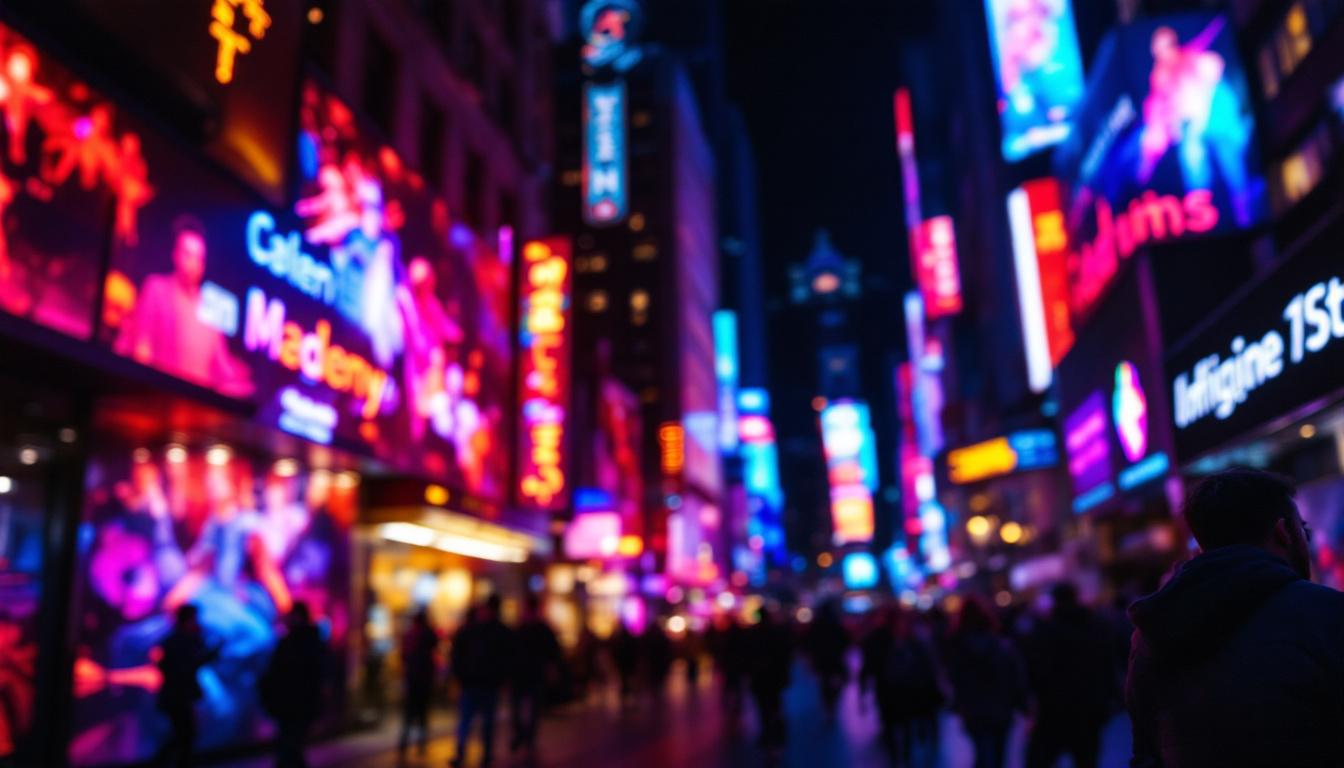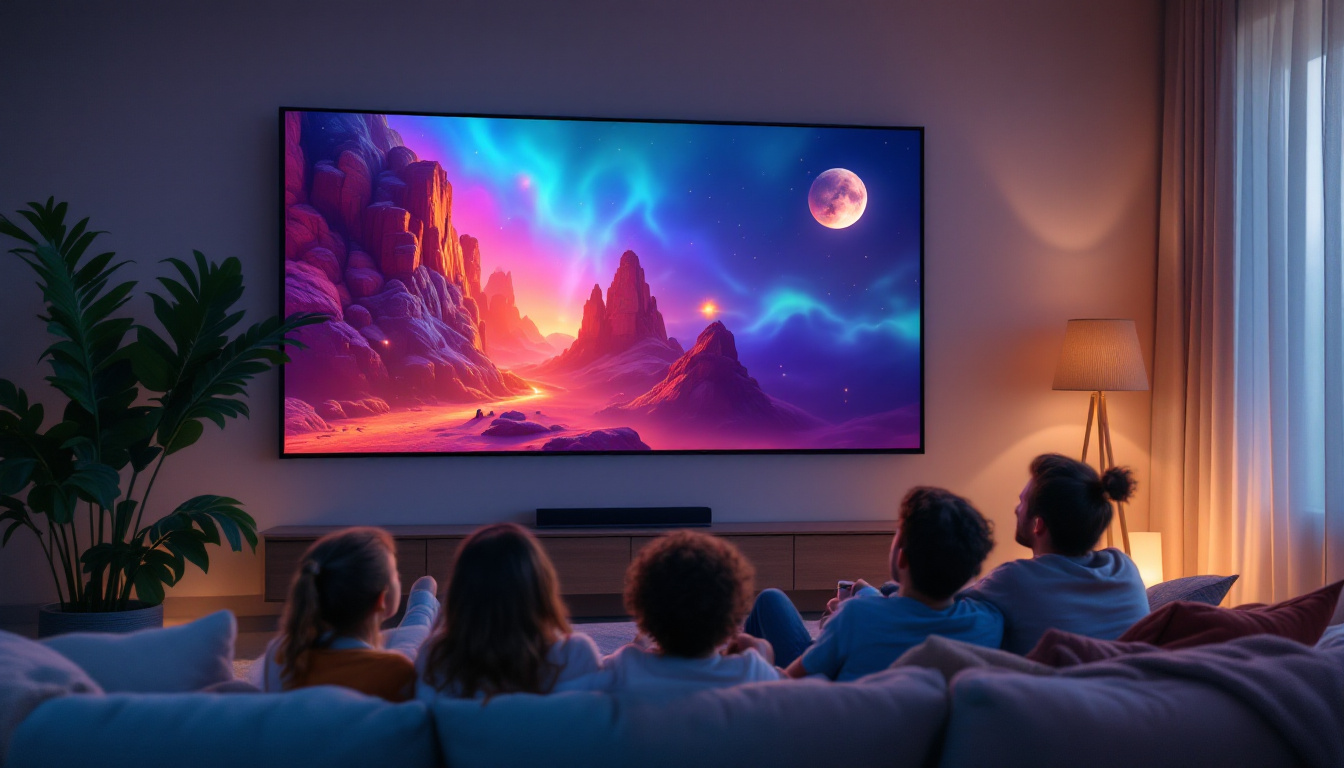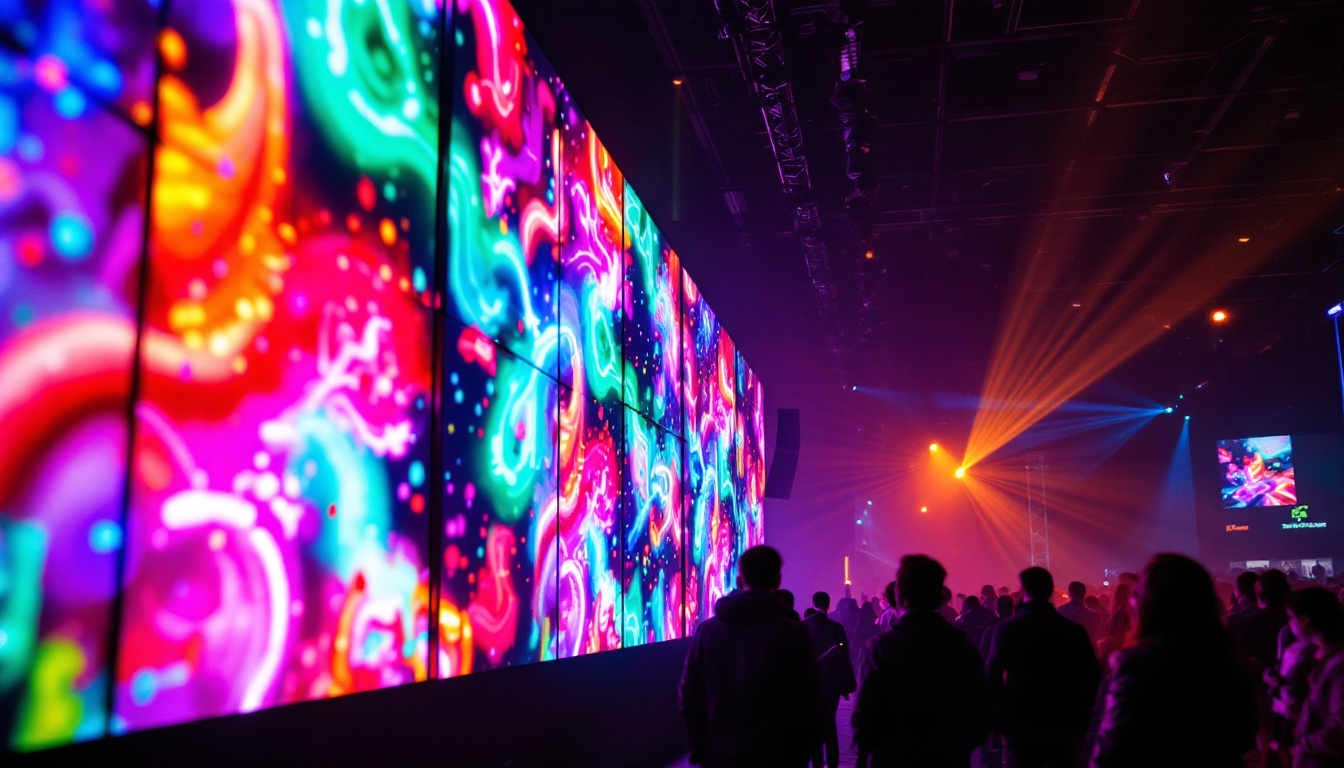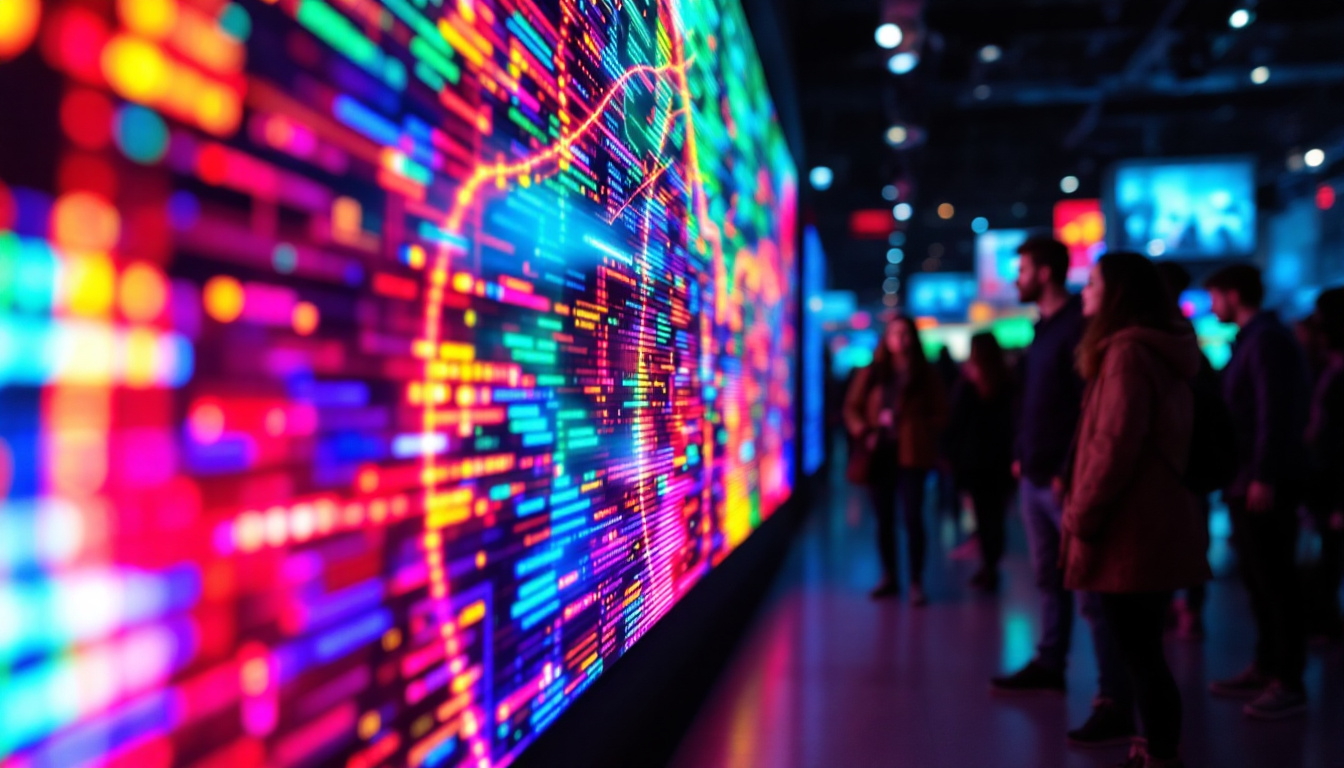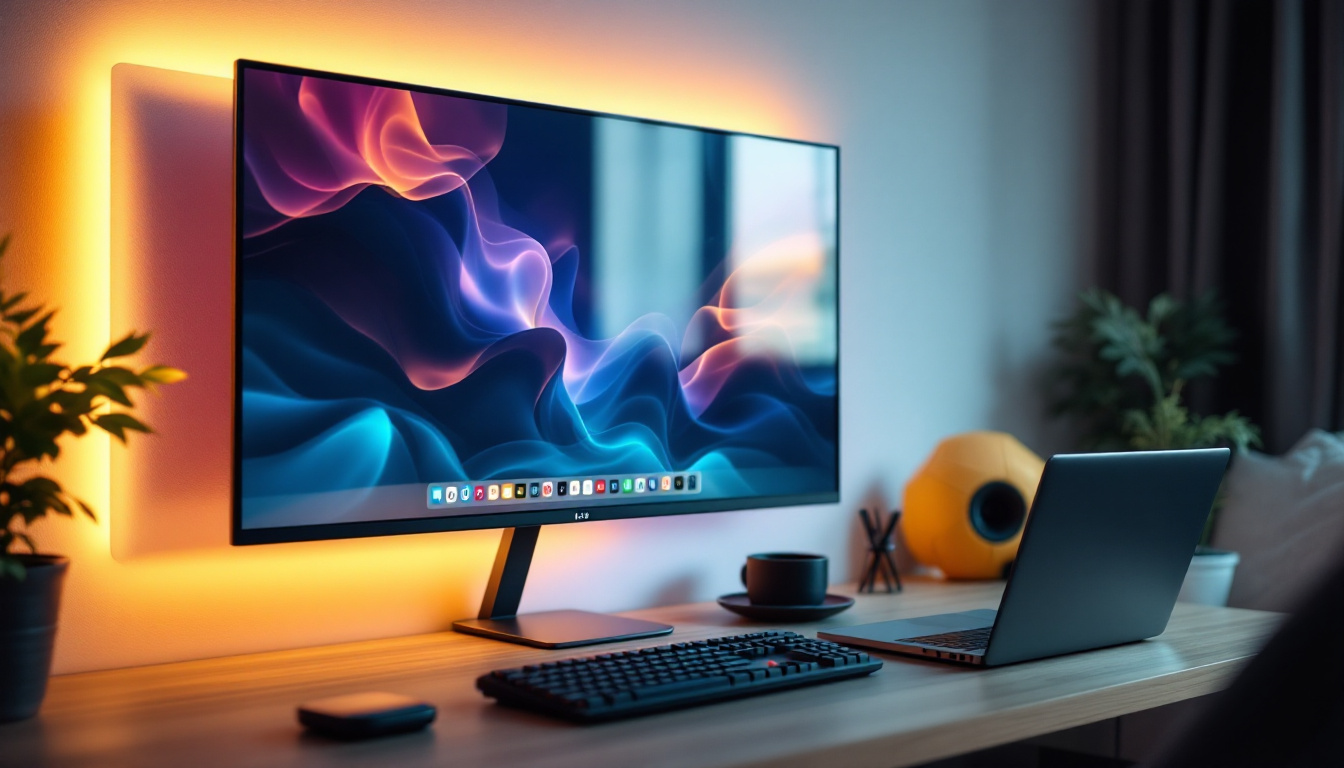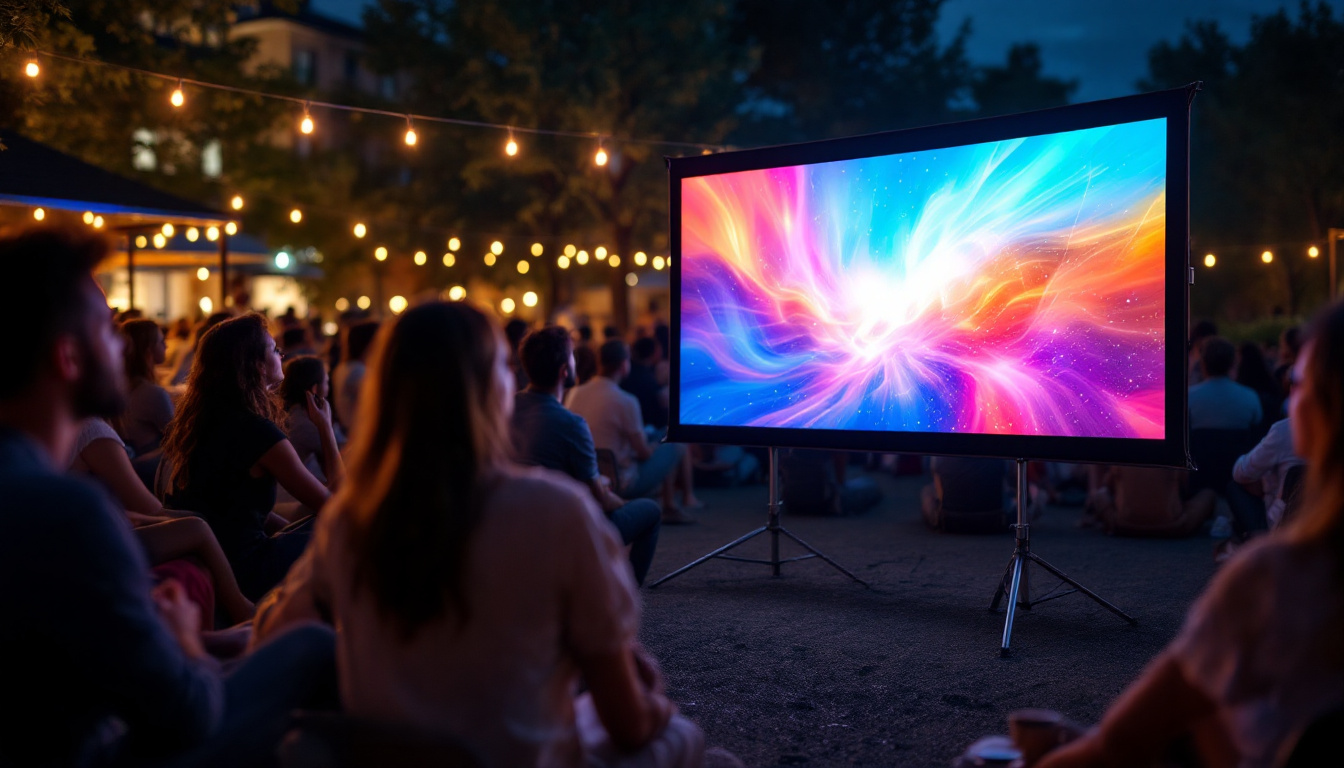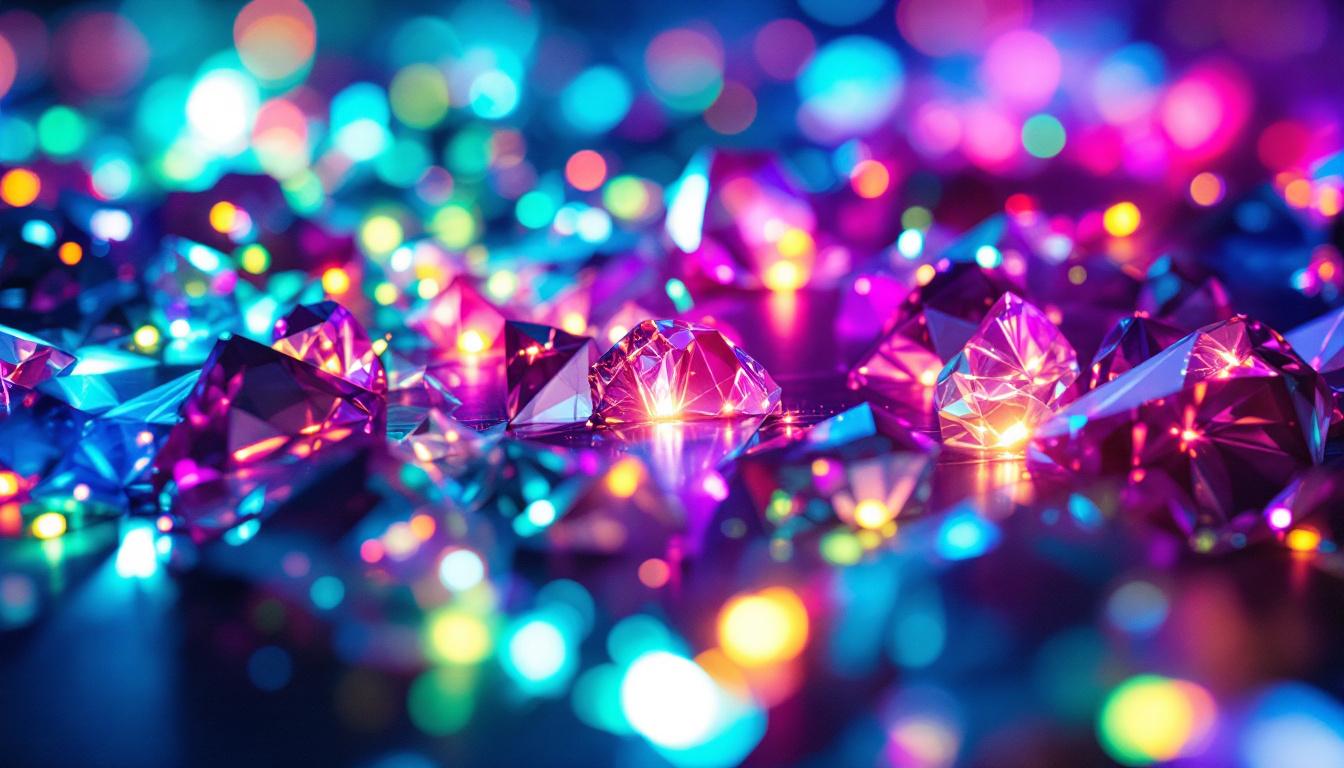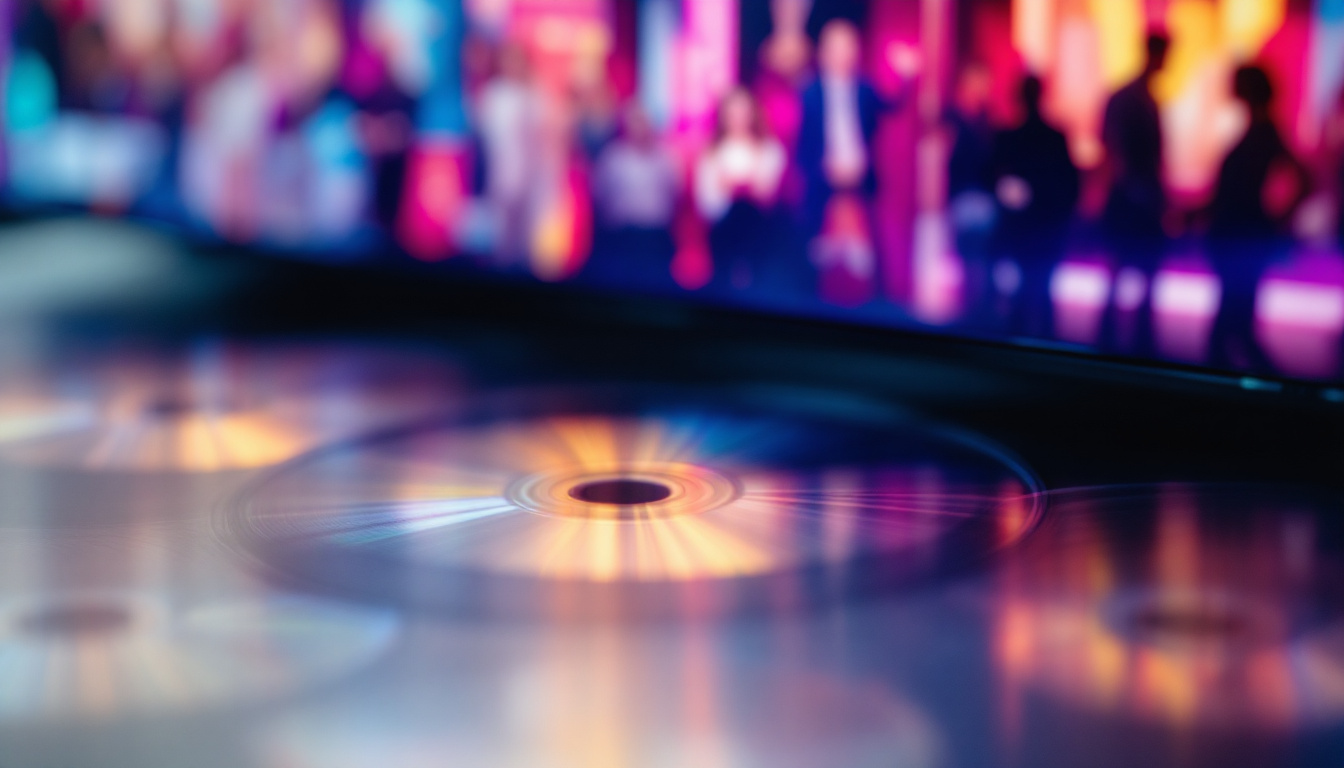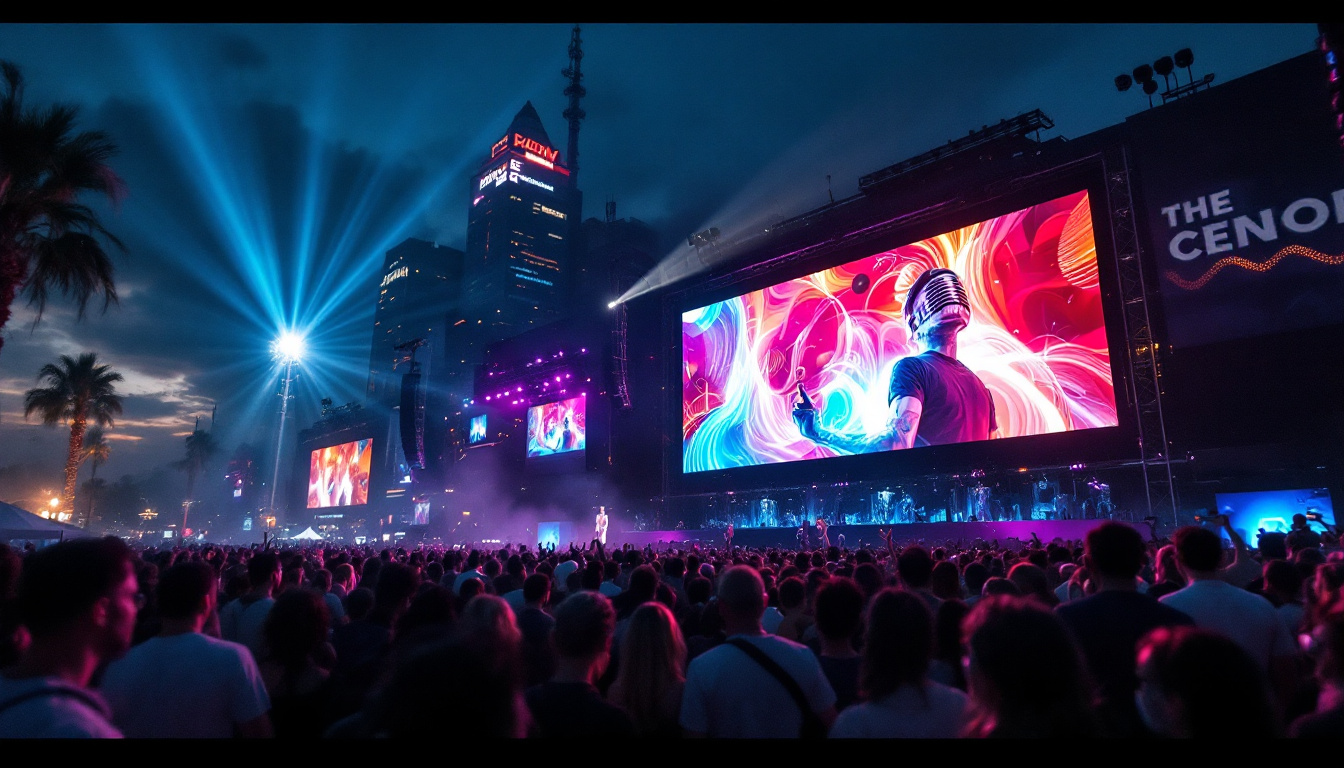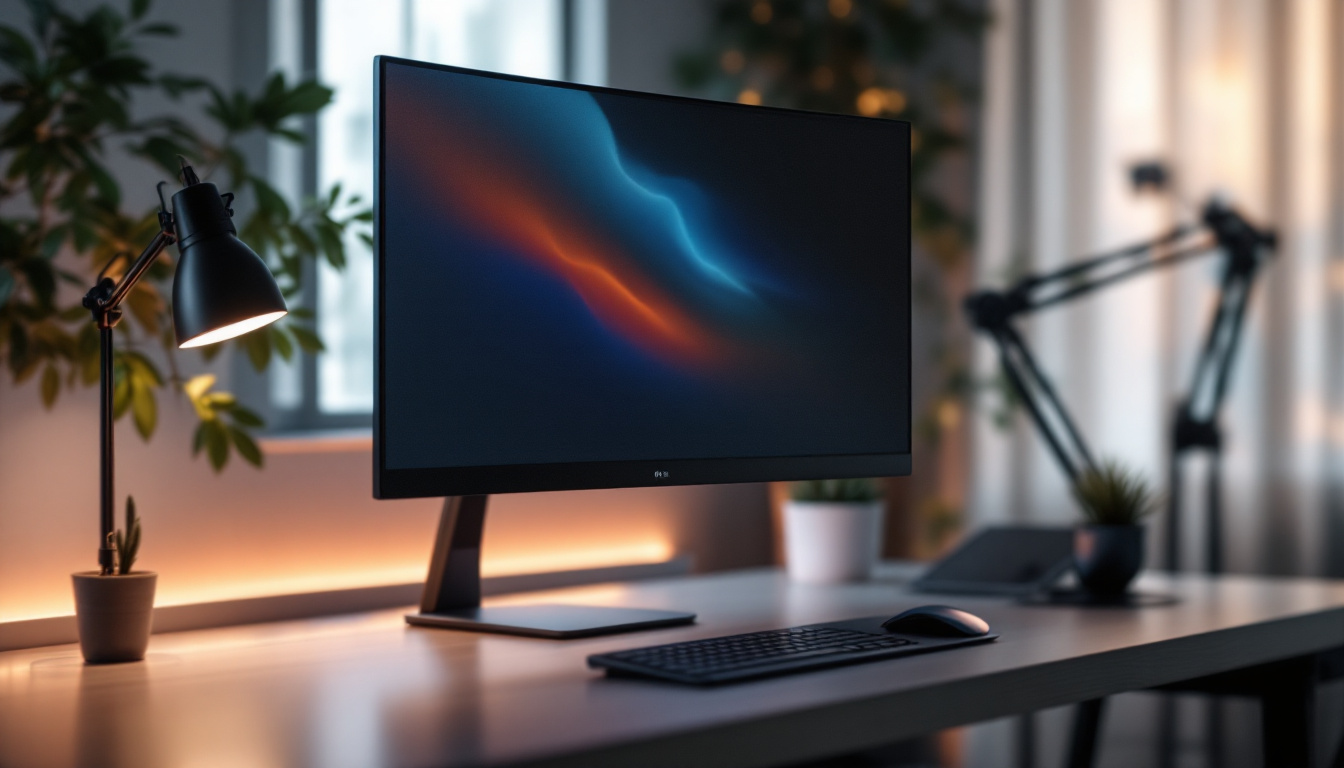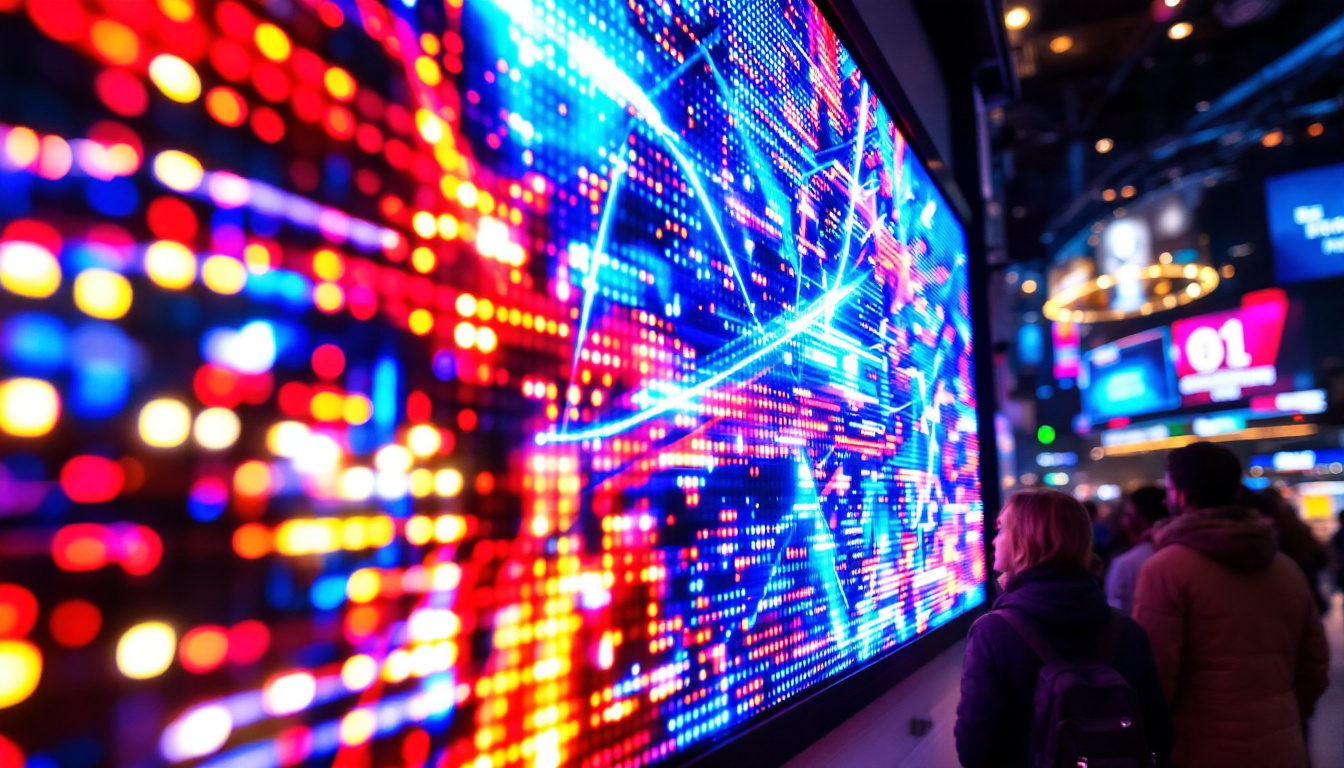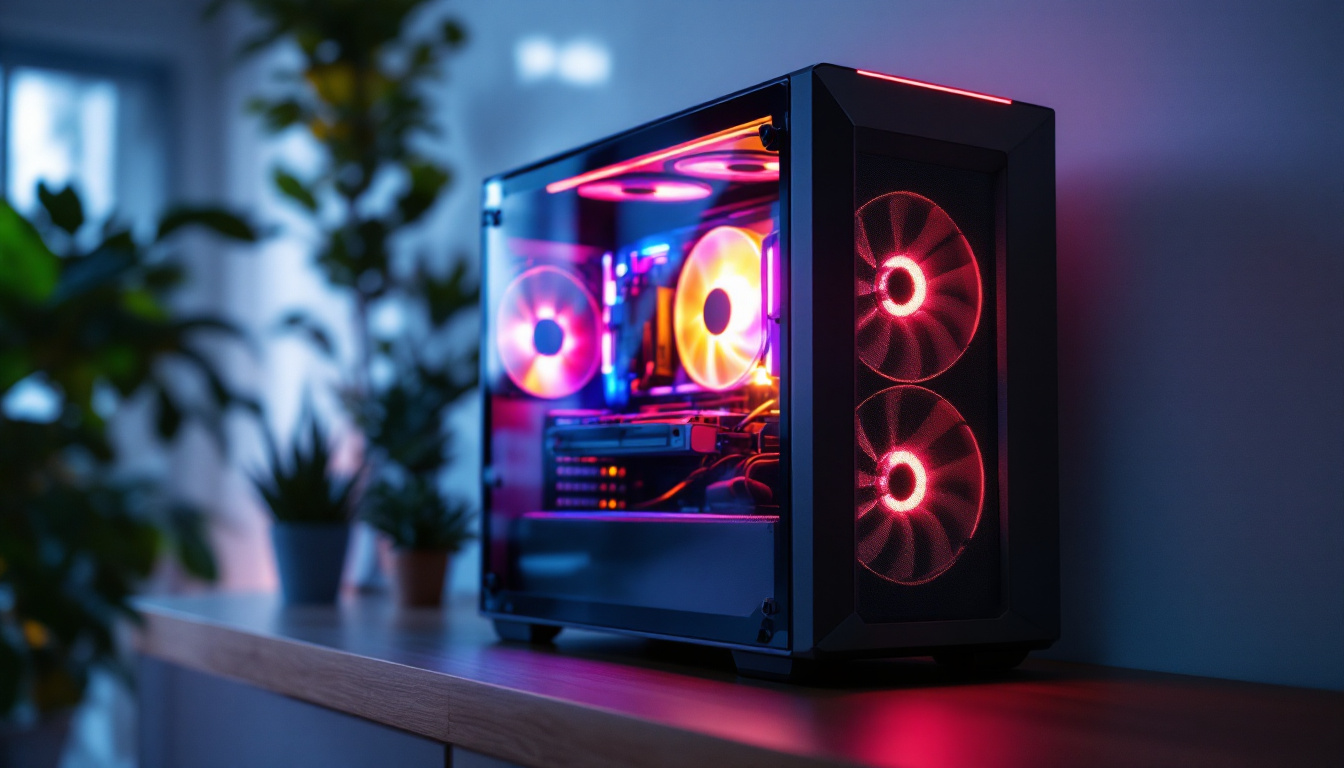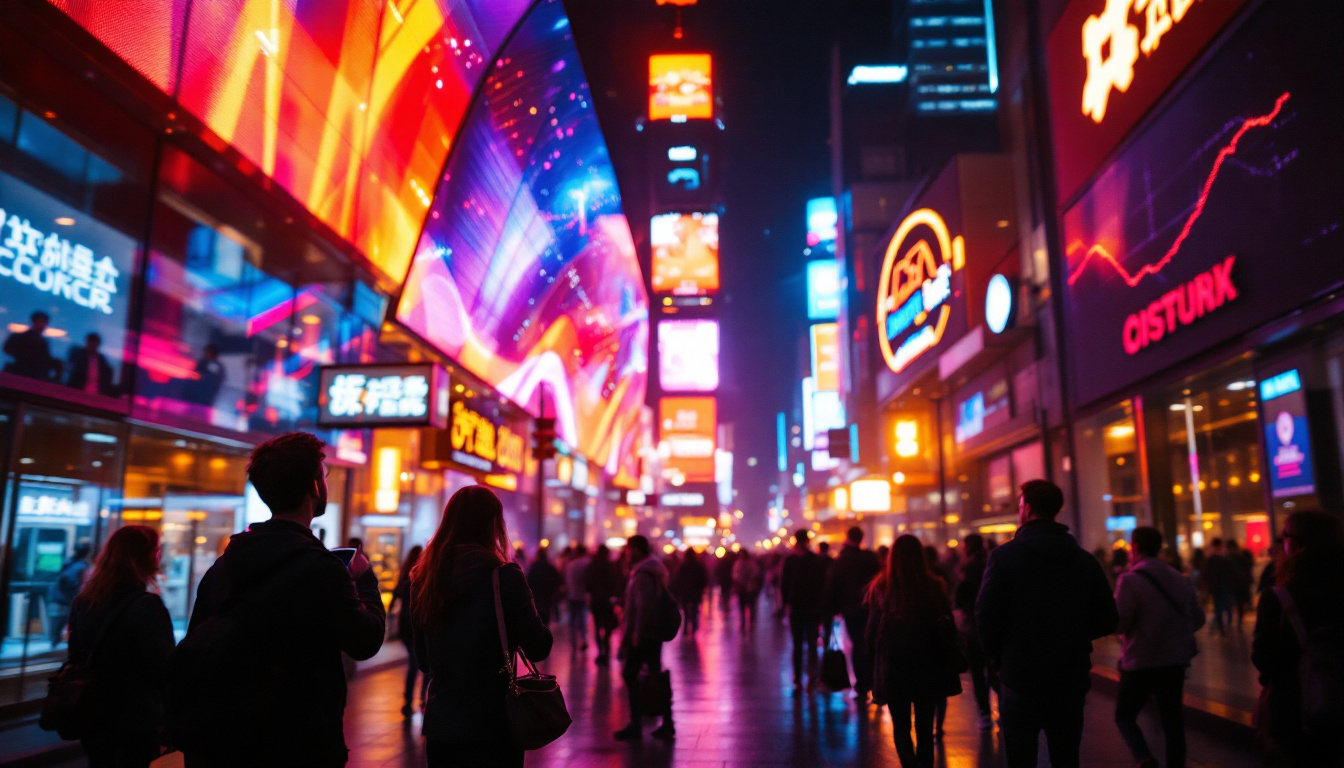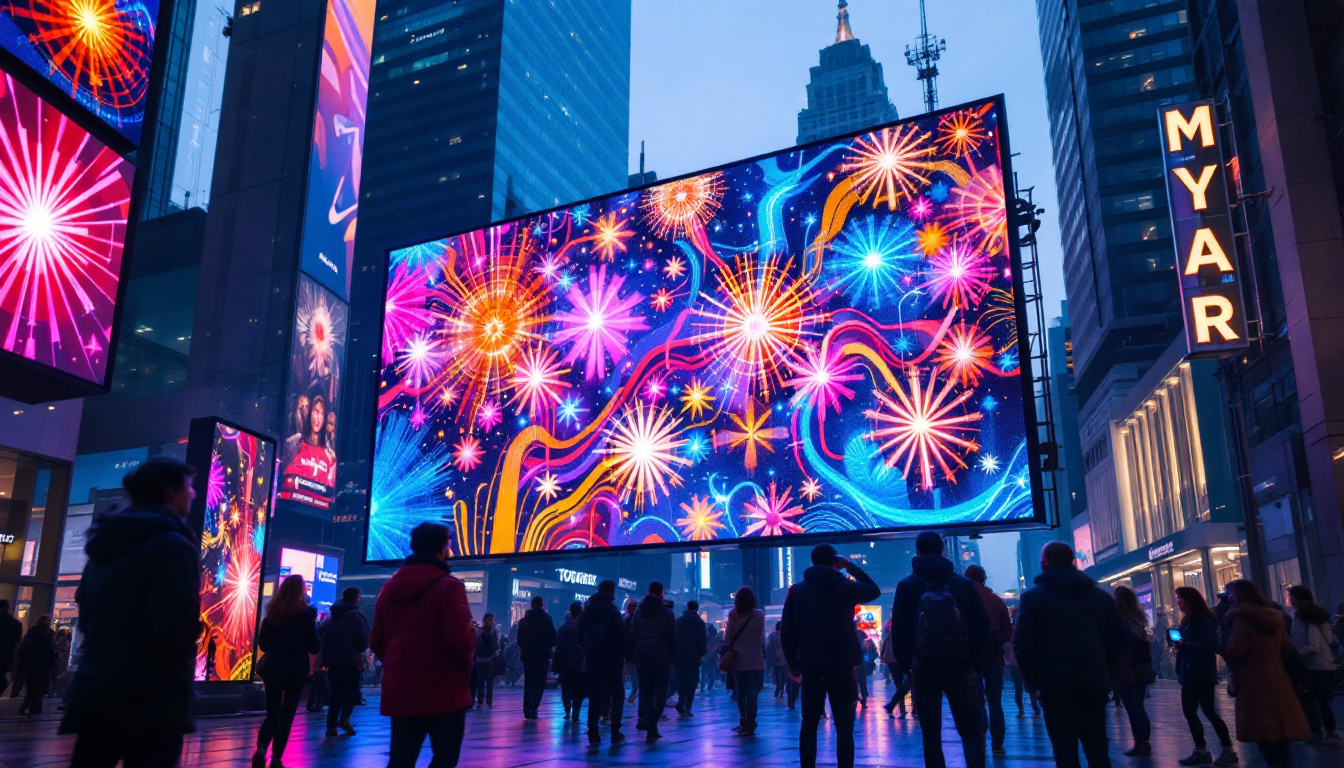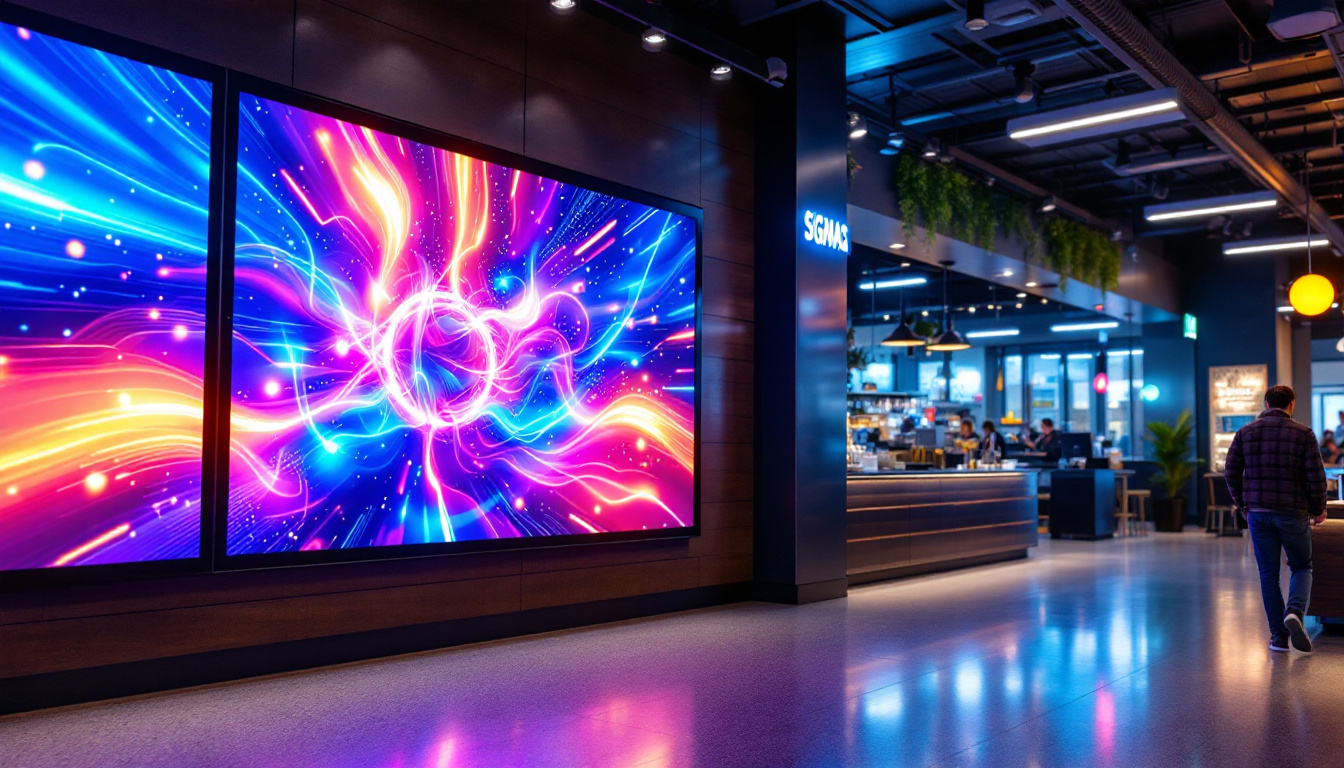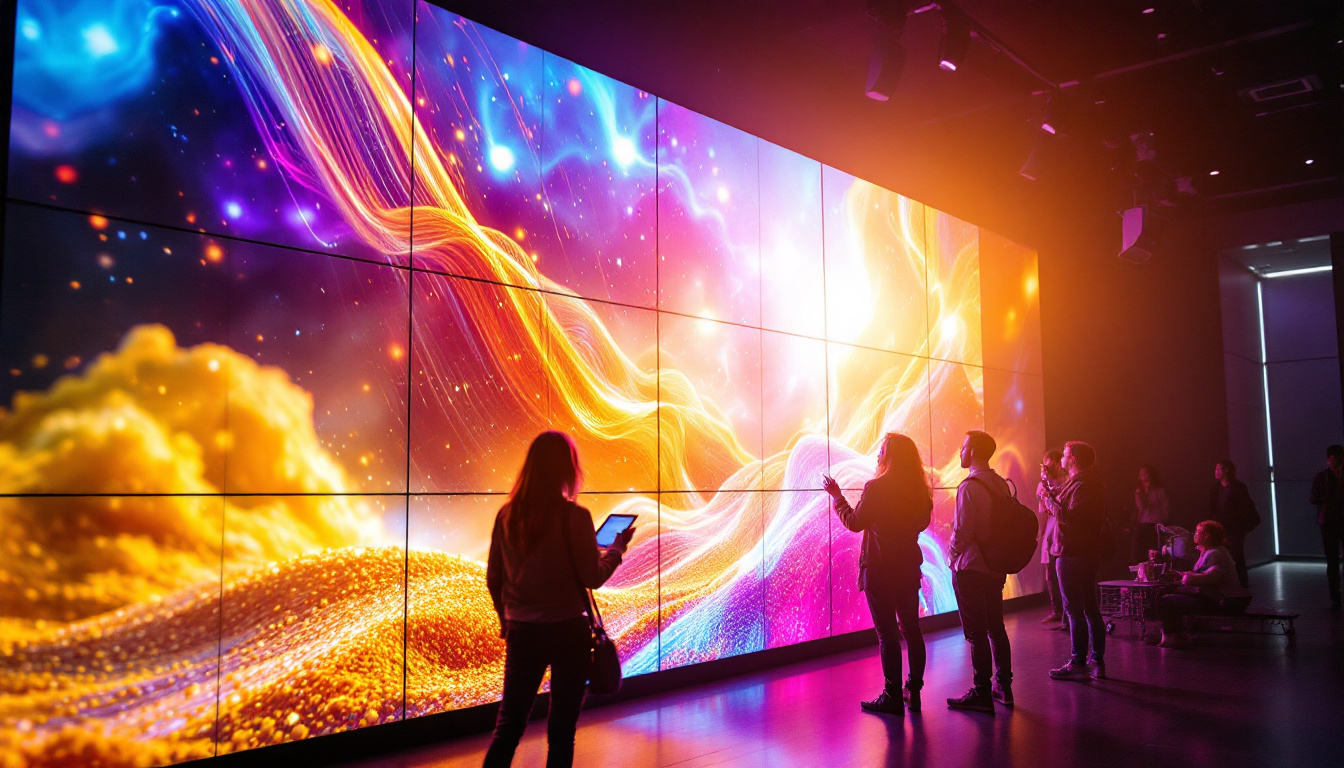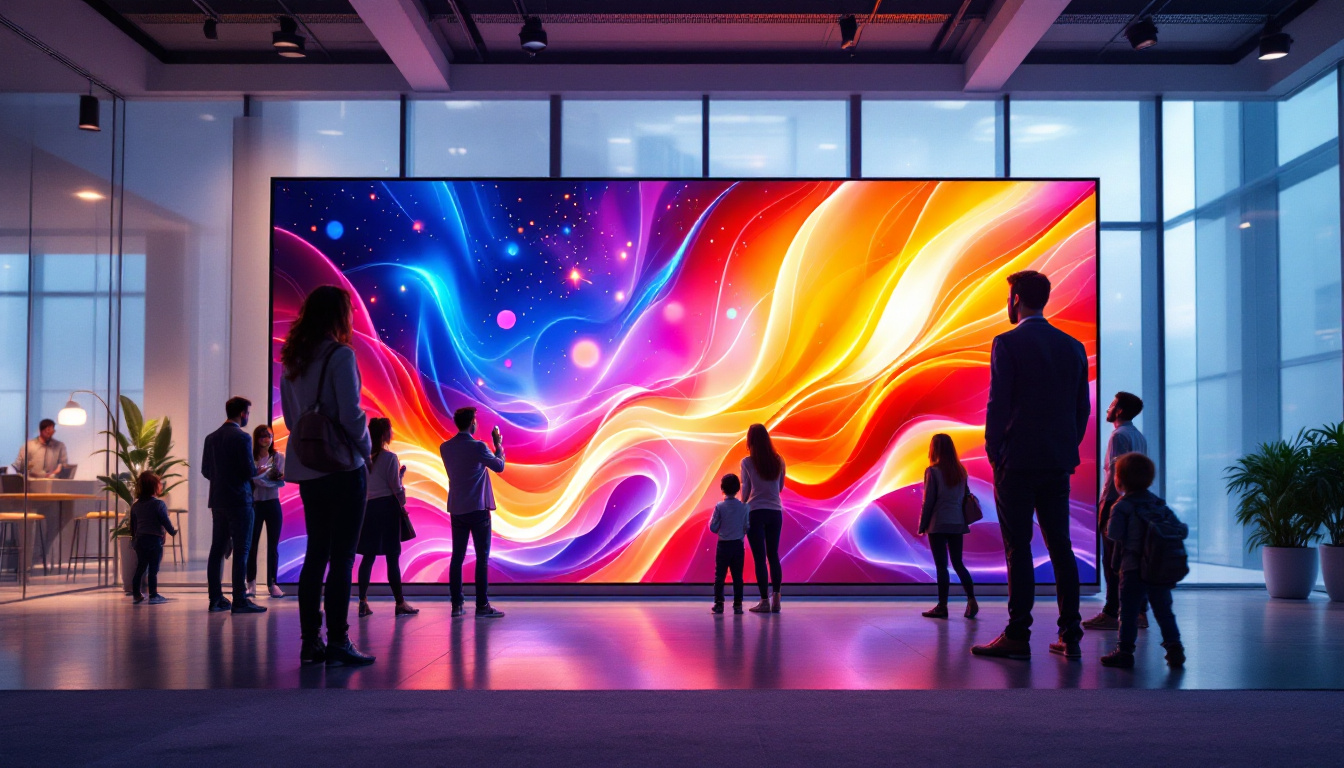The rapid evolution of LED display technology has transformed the way businesses, event organizers, and advertisers communicate visually. As LED screens become larger, more vibrant, and increasingly customizable, understanding the installation process is crucial for maximizing their potential. The Screentight installation video offers a comprehensive guide that demystifies LED display setup, making it accessible even to those new to the technology.
This article delves into the key aspects covered in the Screentight installation video, explaining the technology behind LED displays, the installation process, and best practices to ensure optimal performance and longevity. Whether you are a professional installer, a business owner considering an LED display, or simply curious about how these impressive screens come to life, this guide provides valuable insights.
Understanding LED Display Technology
Before diving into the installation process, it’s important to grasp the fundamentals of LED display technology. LED stands for Light Emitting Diode, a semiconductor device that emits light when an electric current passes through it. LED displays consist of thousands to millions of these tiny diodes arranged in a matrix to form images, videos, and text. This technology has revolutionized the way we communicate visually, providing vibrant colors and dynamic displays that capture attention and convey messages effectively.
Modern LED screens are categorized by pixel pitch, brightness, and resolution. Pixel pitch refers to the distance between the centers of two adjacent pixels, measured in millimeters. A smaller pixel pitch means higher resolution and sharper images, ideal for close viewing distances. Conversely, larger pixel pitches are suited for outdoor or large venue displays where viewers are farther away. The choice of pixel pitch is crucial, as it directly impacts the viewer’s experience; a well-chosen pixel pitch can enhance clarity and detail, making the content more engaging.
Brightness is another critical factor. Outdoor LED displays typically require brightness levels of 5,000 to 7,000 nits to remain visible in direct sunlight, while indoor screens function well at around 800 to 1,200 nits. Understanding these specifications helps in selecting the right LED display for specific environments and use cases. Additionally, the ability to adjust brightness levels dynamically can help in conserving energy and prolonging the lifespan of the display, making it a more sustainable choice for businesses and organizations.
Types of LED Displays
There are several types of LED displays, each tailored for different applications:
- Indoor LED Displays: Designed for controlled lighting environments, these screens offer high resolution and color accuracy, making them ideal for conferences, retail, and entertainment venues. Their ability to produce stunning visuals enhances presentations and advertisements, drawing in audiences and creating memorable experiences.
- Outdoor LED Displays: Built to withstand weather conditions, these displays feature higher brightness and robust enclosures. They are commonly used for billboards, stadiums, and public information boards. The durability of outdoor LED displays ensures they remain operational in various climates, providing reliable communication tools for businesses and municipalities alike.
- Transparent LED Displays: These innovative screens allow light to pass through, making them perfect for storefront windows and architectural installations without obstructing views. Their unique design not only serves functional purposes but also adds an aesthetic element to buildings, blending technology with architecture seamlessly.
- Flexible LED Displays: Using bendable panels, these screens can conform to curved surfaces, opening creative possibilities for design and advertising. This flexibility allows for unique installations that can adapt to various environments, making them a favorite among designers looking to push the boundaries of traditional display formats.
In addition to these types, LED technology is constantly evolving, with advancements such as microLED and OLED displays gaining traction. MicroLED technology offers even higher resolutions and better energy efficiency, while OLED displays provide superior contrast and color depth. As these innovations emerge, they promise to further enhance the capabilities of LED displays, making them an even more integral part of our visual landscape.
Key Components of an LED Display Installation
The Screentight installation video highlights several critical components that must be properly handled to ensure a successful LED display setup. Familiarity with these parts is essential for installers and project managers alike.
LED Modules and Cabinets
LED modules are the basic building blocks of the display, containing the LED diodes arranged in a grid. These modules are mounted onto cabinets, which provide structural support and house the necessary electronics such as power supplies and control boards. Cabinets come in various sizes and are designed for easy assembly and maintenance.
The video emphasizes the importance of precise alignment during cabinet assembly to avoid visual distortions. Even minor misalignments can cause noticeable gaps or uneven brightness, detracting from the overall image quality.
Power Supply and Control System
Reliable power supply units (PSUs) are vital for consistent LED performance. The installation process includes securing PSUs within the cabinets and ensuring proper electrical connections to prevent power fluctuations or failures.
The control system, often managed via a dedicated computer or media server, sends image data to the LED modules. Proper configuration of the control hardware and software is crucial for synchronizing the display and achieving seamless visuals.
Mounting and Structural Support
Depending on the installation environment, the LED display may be mounted on walls, trusses, or custom-built frames. The Screentight video demonstrates the use of adjustable brackets and rigging hardware designed to provide stability while allowing fine-tuning of the screen’s position.
Structural integrity is paramount, especially for large outdoor installations exposed to wind and weather. The video advises consulting with structural engineers when necessary to ensure safety and compliance with local regulations.
Step-by-Step Installation Process
The Screentight installation video breaks down the LED display setup into clear, manageable steps. This structured approach minimizes errors and streamlines the installation timeline.
1. Site Preparation and Planning
Effective installation begins with thorough site assessment and preparation. This includes measuring the installation area, verifying power availability, and planning cable routes. The video stresses the importance of environmental considerations such as ventilation, lighting conditions, and accessibility for maintenance.
2. Assembling Cabinets and Modules
Installers start by assembling the LED cabinets on the ground, carefully aligning the modules within each cabinet. The video demonstrates the use of specialized tools to ensure modules snap securely into place and connectors are properly engaged.
Once cabinets are assembled, they are lifted into position using cranes or lifts, depending on the size and height of the installation.
3. Securing the Display Structure
With cabinets in place, the mounting brackets and structural supports are adjusted to achieve perfect alignment. The video highlights the use of laser levels and alignment tools to maintain flatness and uniformity across the entire display surface.
4. Electrical and Data Connections
Next, power cables and data lines are connected. The video advises careful labeling and routing to facilitate troubleshooting and future maintenance. Grounding and surge protection are also installed at this stage to safeguard the display from electrical damage.
5. Configuration and Testing
Once physical installation is complete, the control system is configured. This involves calibrating color settings, brightness levels, and refresh rates to optimize image quality. The video demonstrates software tools used for pixel mapping and diagnostics.
Comprehensive testing includes displaying test patterns, videos, and live content to verify uniformity and responsiveness. Any issues detected during testing are addressed before the display goes live.
Best Practices for Long-Term LED Display Performance
Proper installation is just the beginning. To ensure the LED display continues to perform at its best, ongoing maintenance and operational best practices are essential.
Regular Cleaning and Inspection
Dust, dirt, and moisture can degrade LED performance over time. The video recommends scheduled cleaning using soft brushes or air blowers, avoiding harsh chemicals that might damage the diodes or protective coatings.
Routine inspections should check for loose connections, damaged modules, and signs of wear on structural components. Early detection of issues can prevent costly repairs and downtime.
Environmental Considerations
For outdoor displays, weatherproofing and temperature control are critical. The Screentight video advises installing ventilation fans or heaters as needed to maintain optimal operating temperatures. Additionally, protective covers can shield the display during extreme weather events.
Software Updates and Calibration
Keeping the control software up to date ensures compatibility with new content formats and improves functionality. Periodic recalibration maintains color accuracy and brightness uniformity, especially after hardware replacements or environmental changes.
Real-World Applications and Benefits
Understanding the installation process is vital, but it’s equally important to appreciate the diverse applications and benefits LED displays bring to various industries.
Advertising and Marketing
LED displays offer dynamic, eye-catching platforms for advertising that can be updated in real-time. Studies show that digital billboards can increase brand recall by up to 47% compared to static signs, making them a powerful marketing tool.
Events and Entertainment
Concerts, sports arenas, and conferences rely on large LED screens to enhance audience engagement. The flexibility and brightness of LED displays enable immersive experiences that traditional projection cannot match.
Corporate and Retail Environments
Businesses use LED displays for digital signage, wayfinding, and interactive kiosks. These screens improve communication with customers and employees, contributing to better service and operational efficiency.
Public Information and Safety
Governments and municipalities deploy LED displays for traffic management, emergency alerts, and public announcements. Their visibility and adaptability make them essential tools for public safety and information dissemination.
Conclusion
The Screentight installation video serves as a valuable resource that breaks down the complexities of LED display setup into clear, actionable steps. By understanding the technology, components, and best practices outlined in the video, installers and end-users can ensure their LED displays deliver stunning visuals and reliable performance.
As LED technology continues to advance, staying informed about installation techniques and maintenance strategies will be key to leveraging the full potential of these versatile displays. Whether for advertising, entertainment, or information, a well-installed LED screen is an investment that captivates audiences and drives results.
Discover LumenMatrix’s Advanced LED Solutions
Ready to transform your space with the vibrant and dynamic world of LED displays? LumenMatrix is at the forefront of LED technology, offering a wide array of solutions tailored to your needs. From Indoor and Outdoor LED Wall Displays to innovative Transparent and Custom LED options, our products are designed to captivate and engage your audience. Elevate your visual communication and create unforgettable experiences with our cutting-edge displays. Check out LumenMatrix LED Display Solutions today and see the difference for yourself.

